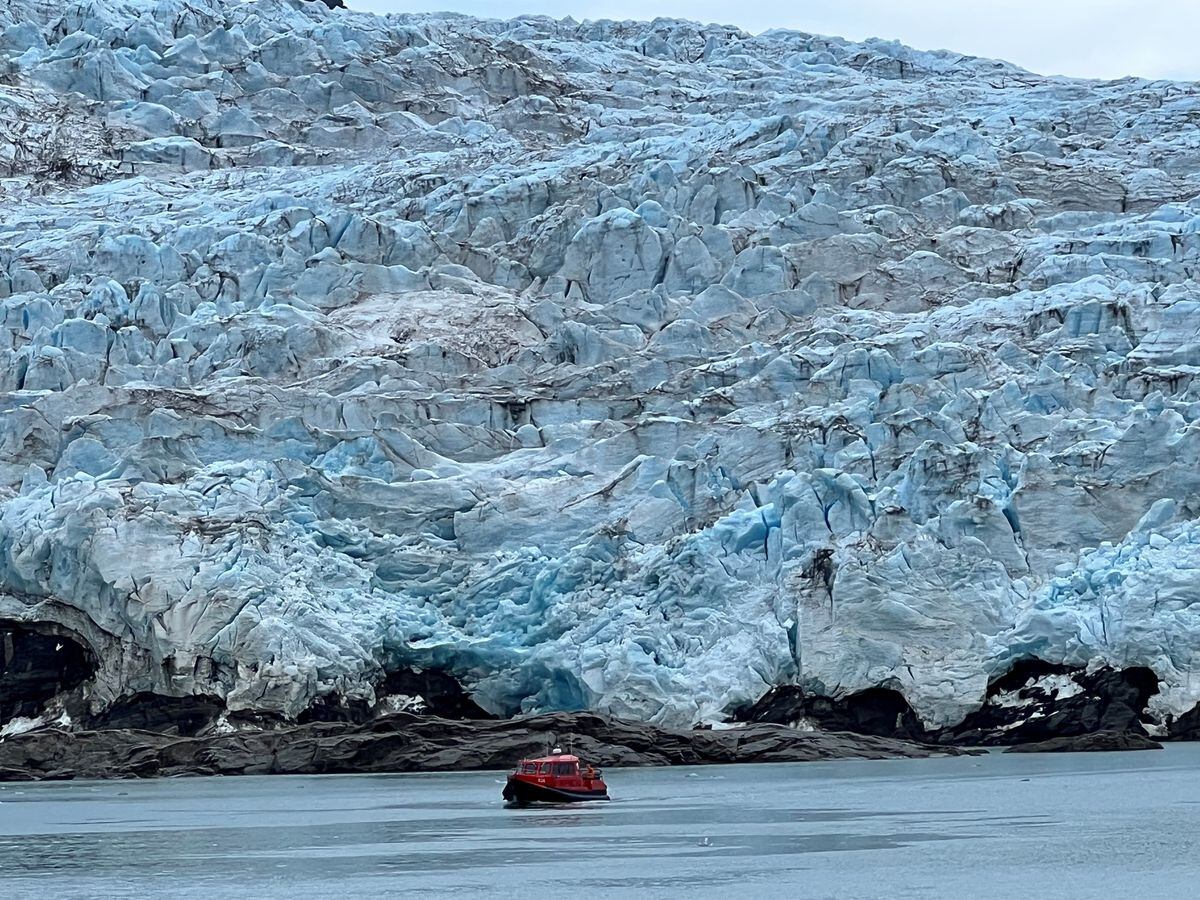Large quantities of carbon are stored in the Arctic soils. Climate change could lead to a dramatic chain reaction there: if the soil warms on average, carbon (C) escapes into the atmosphere as CO2 - and drives global warming.
A recent study shows that in the Arctic winter, more carbon is currently released into the atmosphere than plants absorb in the summer in the region. The Arctic soils are losing their thousands of years of carbon sequestration, researchers at Susan Tanki's think tank Woods Hole Research Center report in the journal Nature Climate Change.
The Arctic permafrost has emitted 1.7 billion tons of carbon annually in the winters of 2003 to 2017. At the same time, the vegetation has absorbed only one billion tonnes of carbon a year during the summers. The bottom line is that 0.7 billion tonnes of gas from the former carbon storage region were released into the atmosphere each year.
photo gallery
31 pictures
Satellite image of the week: snapshots from spaceThe permafrost on the Arctic Circle is thus changing from a net carbon sink to a net carbon source, writes NASA. The map produced by the Space Agency shows the annual winter CO2 emissions from the Arctic permafrost from 2003 to 2017. It is based on data collected by 70 researchers from different sources.
Permafrost stores more carbon than the industry has ever emitted
A quarter of the land surface in the northern hemisphere consists of permafrost - also known as permafrost. The soil, which is frozen at appropriate temperatures all year round, covers large parts of Alaska, Canada, Siberia and Greenland.
Scientists estimate that permafrost stores more carbon than was previously released by man from burning fossil fuels. During thaw, parts of it become free. In climatic forecasts this is usually not considered.
"According to our analysis, the CO2 loss in the winter already compensates for the CO2 uptake in the vegetation period in the summer," says Natali. The effect will intensify as the climate continues to warm. According to the researcher, the analysis provides the first winter carbon footprint for the entire Arctic. Previously, only sections had been evaluated.
Projectional projections suggest that carbon loss could increase 41 percent over the next hundred years as manmade greenhouse gas emissions increase at their current rate. If mankind succeeds in reducing their emissions, the value could be significantly reduced.















